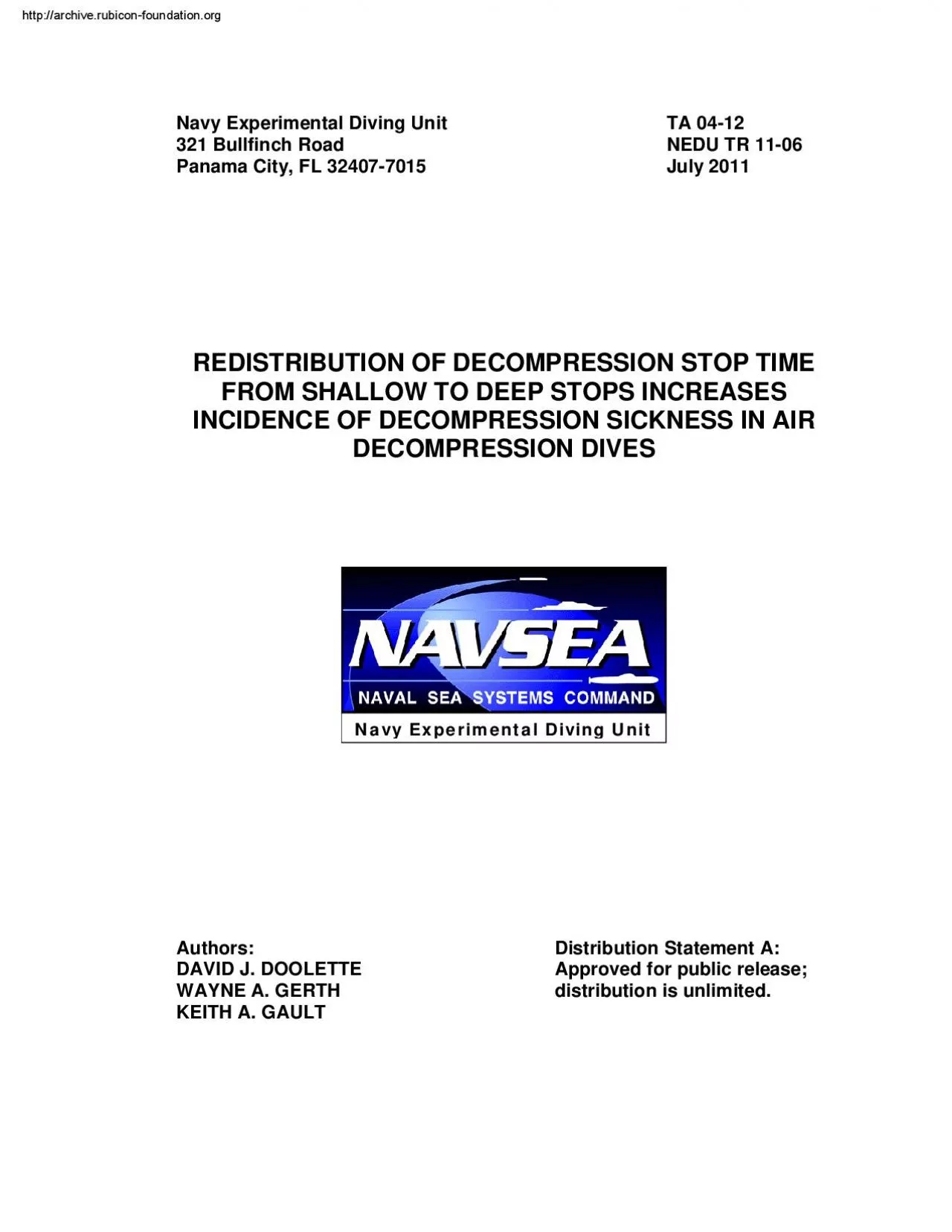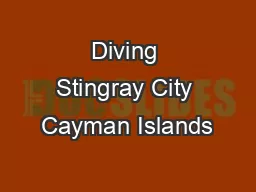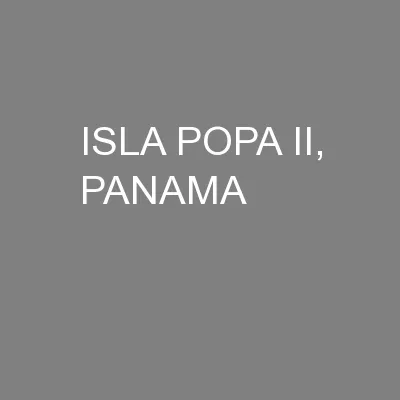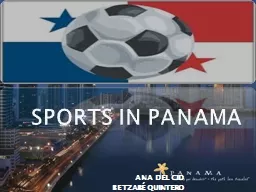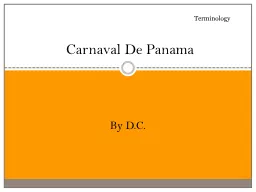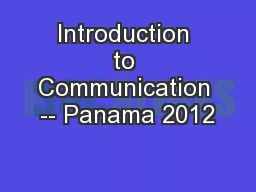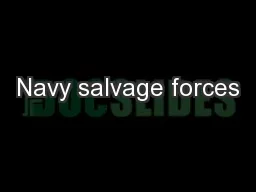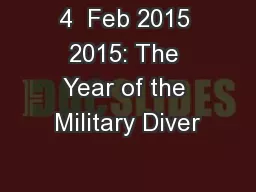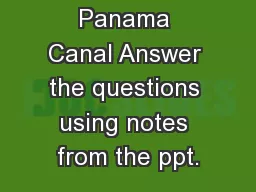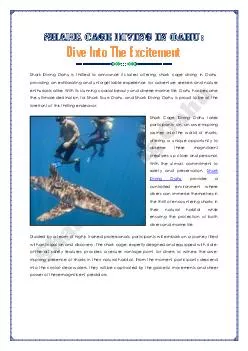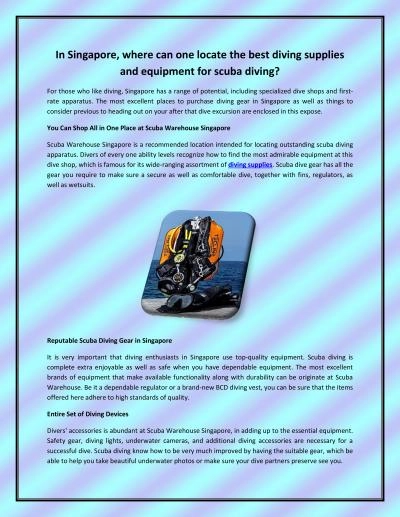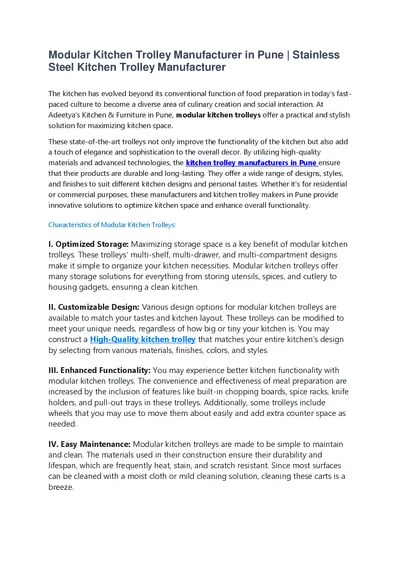PDF-Navy Experimental Diving Unit 321 Bullfinch Road Panama City FL 32407
Author : elysha | Published Date : 2021-08-21
Navy Experimental Diving UnitWAYNE A GERTH KEITH A GAULT Approved for public release THIS PAGE BLANK Form Approved OMB No 07040188 Public reporting burden for this
Presentation Embed Code
Download Presentation
Download Presentation The PPT/PDF document "Navy Experimental Diving Unit 321 Bullfi..." is the property of its rightful owner. Permission is granted to download and print the materials on this website for personal, non-commercial use only, and to display it on your personal computer provided you do not modify the materials and that you retain all copyright notices contained in the materials. By downloading content from our website, you accept the terms of this agreement.
Navy Experimental Diving Unit 321 Bullfinch Road Panama City FL 32407: Transcript
Download Rules Of Document
"Navy Experimental Diving Unit 321 Bullfinch Road Panama City FL 32407"The content belongs to its owner. You may download and print it for personal use, without modification, and keep all copyright notices. By downloading, you agree to these terms.
Related Documents

